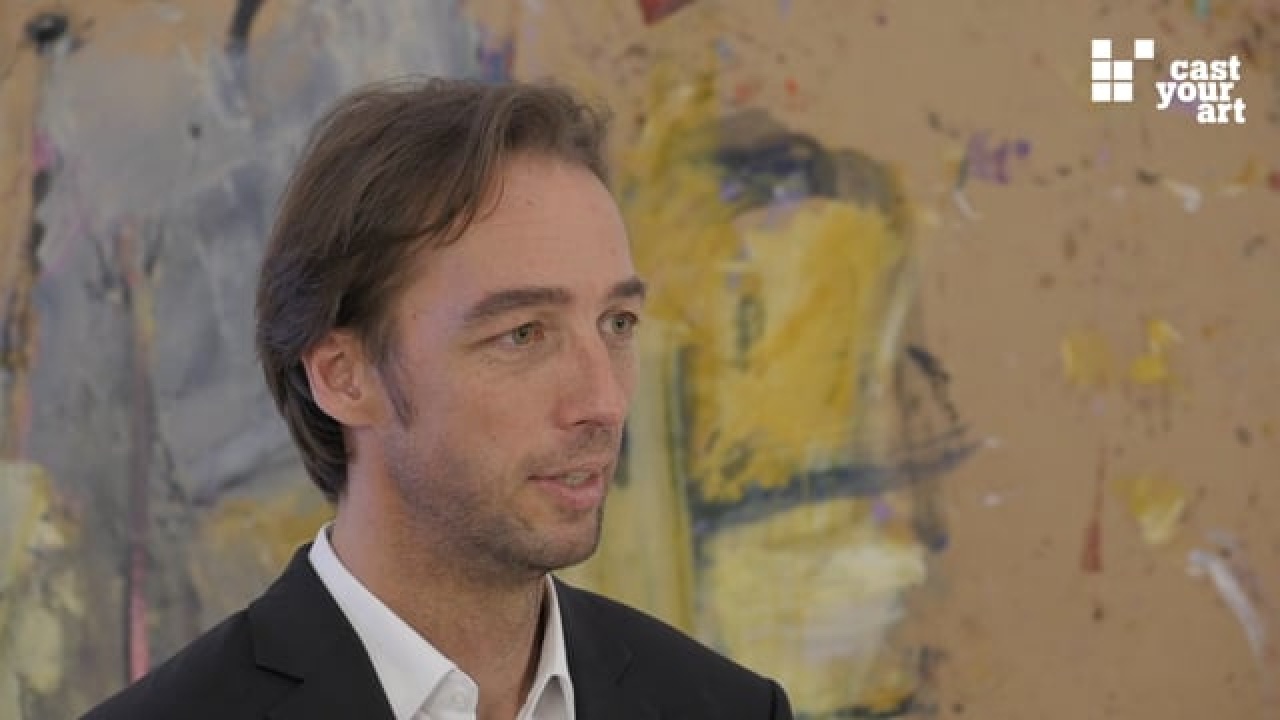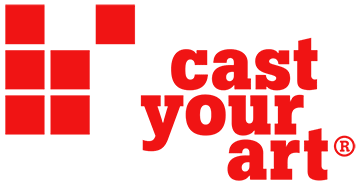Hermann Nitsch - The Passion is the Reverse Image of the Orgiastic
Artist portrait Hermann Nitsch. The fact that the world exists is primary for me. The art of celebrating existence.
"I like not your festivals: I have found there too many actors, and the spectators also often behaved like actors" (Nietzsche, Zarathustra)
As social beings we are forced to restrain ourselves and to civilize our behaviour. Education means for the most part to accustom ourselves to the social space designed to optimize productivity. During this individual and collective effort to adapt, parts of us that are not suitable for everyday life are being pushed into the background. We establish ethical, moral and aesthetic taboos and channel our tamed wildness through idealized passion. Psychoanalysis calls this process projection.
"The passion", Nitsch wrote, "is the reverse image of the orgiastic". Christian religion - taking advantage of the repression and projection mechanisms in the passion of Christ and its idealized reproduction in order to underscore its own credibility - and Nitsch with his "Theatre of Orgies and Mysteries", both respond to the same fact of mans alienation from his existence. This explains the resemblance of Nitsch's staging with liturgical ceremonies and also its perception as a threat by the Catholic Church and its representatives: a person who has undergone the Theatre of Orgies and Mysteries, who has dealt with all aspects of his own self, could no more be receptive to the idealizing of his own repressed side within the other, to the projection that creates faith. Nitsch’s work has Nietzschean features, "Ye flee from yourselves unto your neighbour and would fain make a virtue thereof; but I see through your ‘unselfishness’”. (Nietzsche, Zarathustra)
The self-examination and the breaking of taboos are considered to be characteristics of Viennese actionism, to which Hermann Nitsch is to be included as an important exponent, besides Günter Brus, Otto Mühl and Rudolf Schwarzkogler. Their actionist art, counting on action and experience, tried to break the shackles of conservative religious post-war society characterized by the silencing of the past. In order for Nitsch’s theatre action to work out in the sense of an actionist self-confrontation of man, in his staging there are not merely actors playing their roles and spectators admiring the performance. Whoever is present, participates, is involved with all his senses and experiences himself in a real situation. Nitsch's Theatre of Orgies and Mysteries and his painting performances are designed as escape valves of civilization, as older societies established in the myth of Dionysos and its dismemberment rituals. In modern times such social extraterritories organized as collective hiatus have become unusual and are but practiced individually. As (painting) action experienced by artist and participating audience together, his art strikes a chord in deeper layers of collective being - or as Jung, appreciated very much by Nitsch, puts it: the archetypical of our existence.
The path leading Nitsch to theater was marked by actionist painting working with materiality; squirting, smearing, mixing, dispersing painting. He claims to have come upon using blood through the very intensive colour red, in combination with his interest for mysticism and it rituals. It was only a step from blood and his actionist approach to painting, to the materials of his theatre of Orgies and Mysteries. His painting originates in action; it bears witness to ecstasy in the way a room in which a festivity took place still gives account of it. In times between his performances he paints in his studio – also alone – or he composes, an art which fascinates him since long time ago. Up to now he has composed nine symphonies. Here also he privileges real staging to playing. “My music”, says Hermann Nitsch “has its origin in screaming, in intensive agitation, in a state availing itself of preverbal utterances.” (wh/ca)
Das könnte Sie auch interessieren
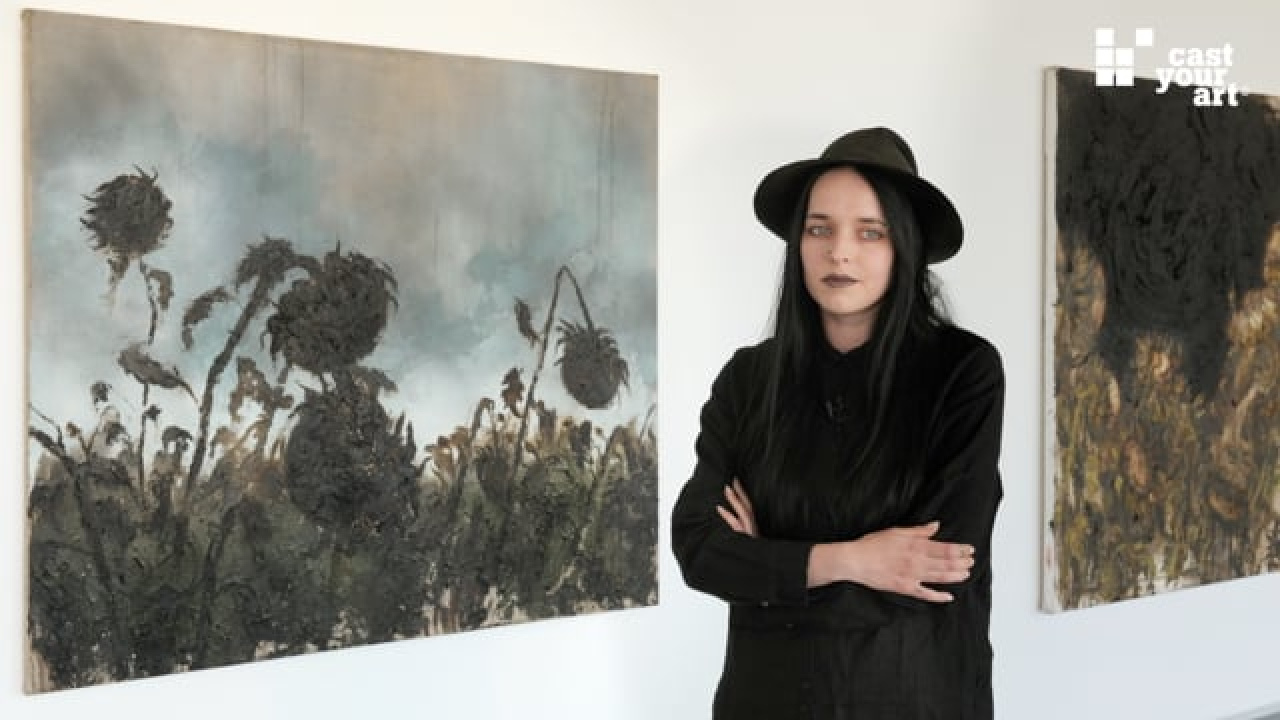
LIZA LIBENKO. Winner of a recognition prize of STRABAG Artaward International 2023
19. March 2024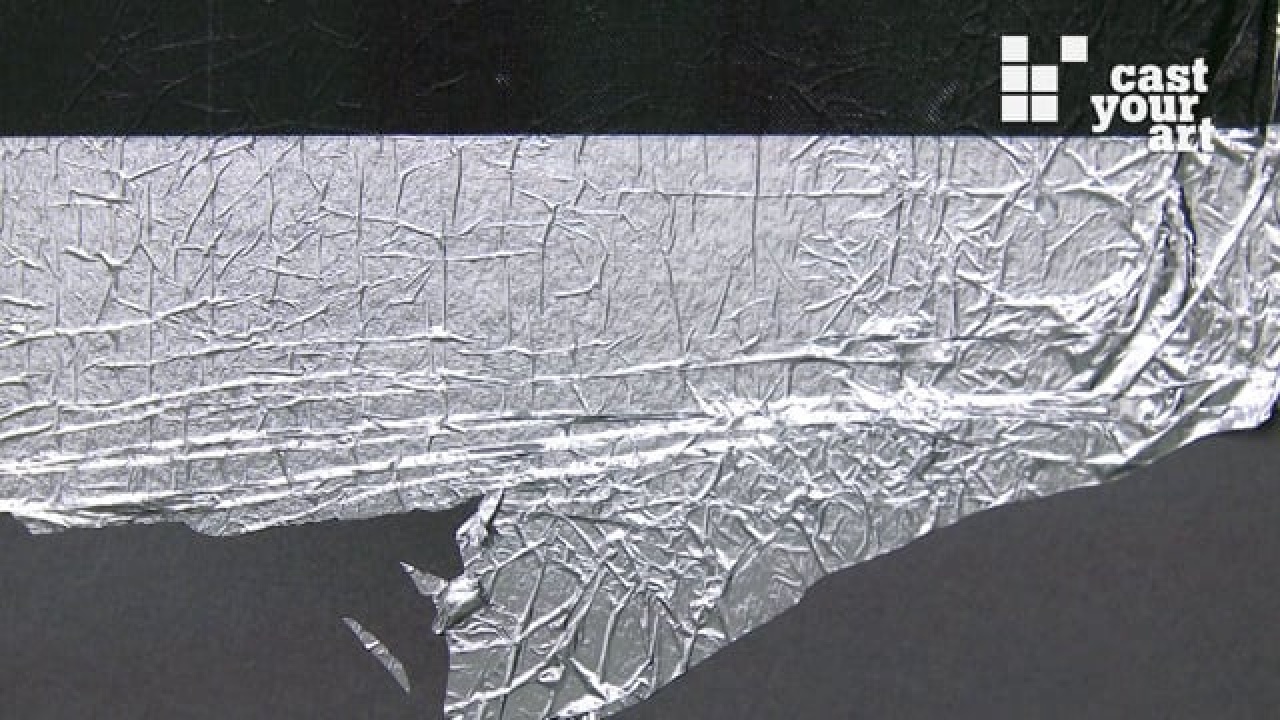
COLLECTED #4. Bilder über Bilder
3. March 2014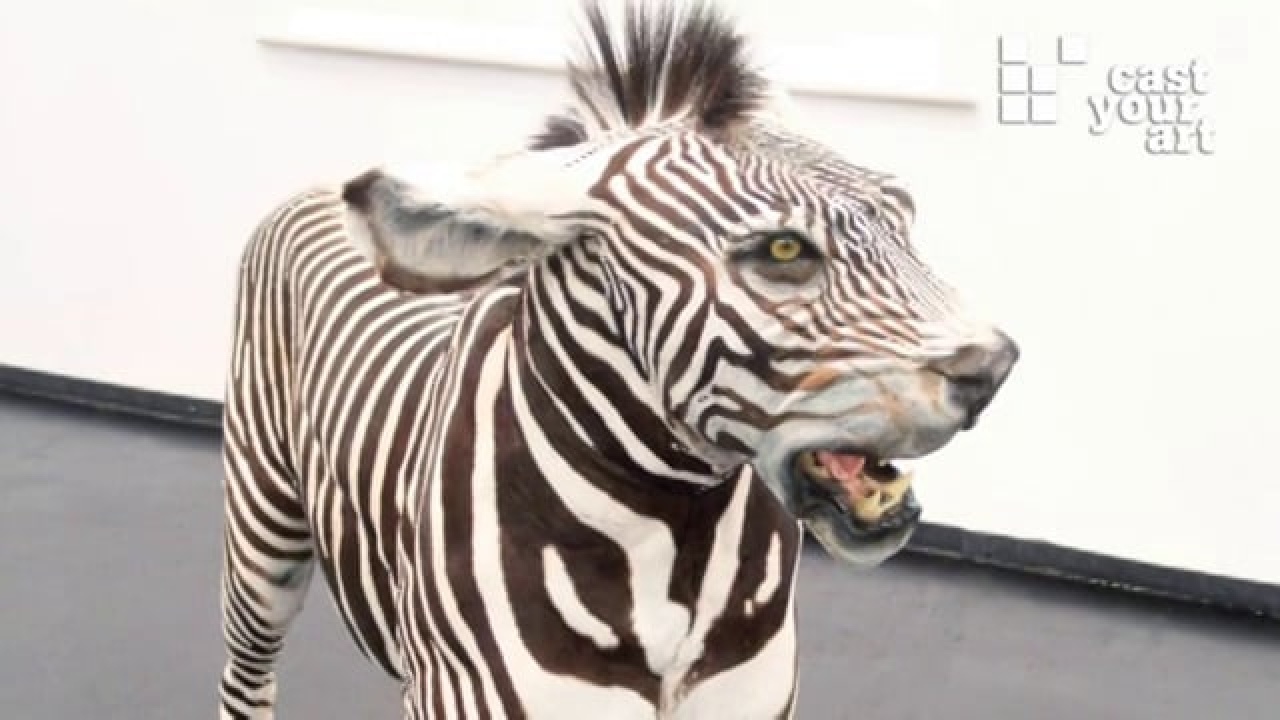
Deborah Sengl - A Wolf in Sheep's Clothing
7. September 2009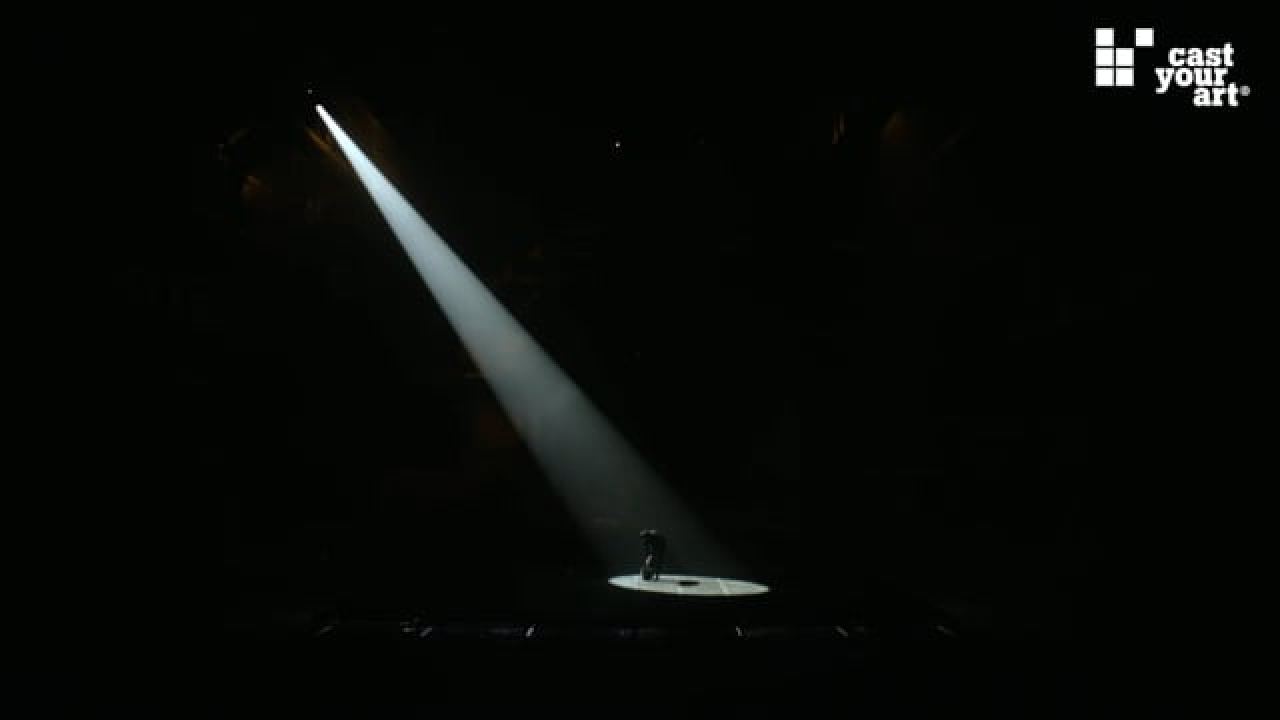
DEATH AND THE MAIDEN. Young Ukrainian art at the Bank Austria Kunstforum Wien
11. November 2022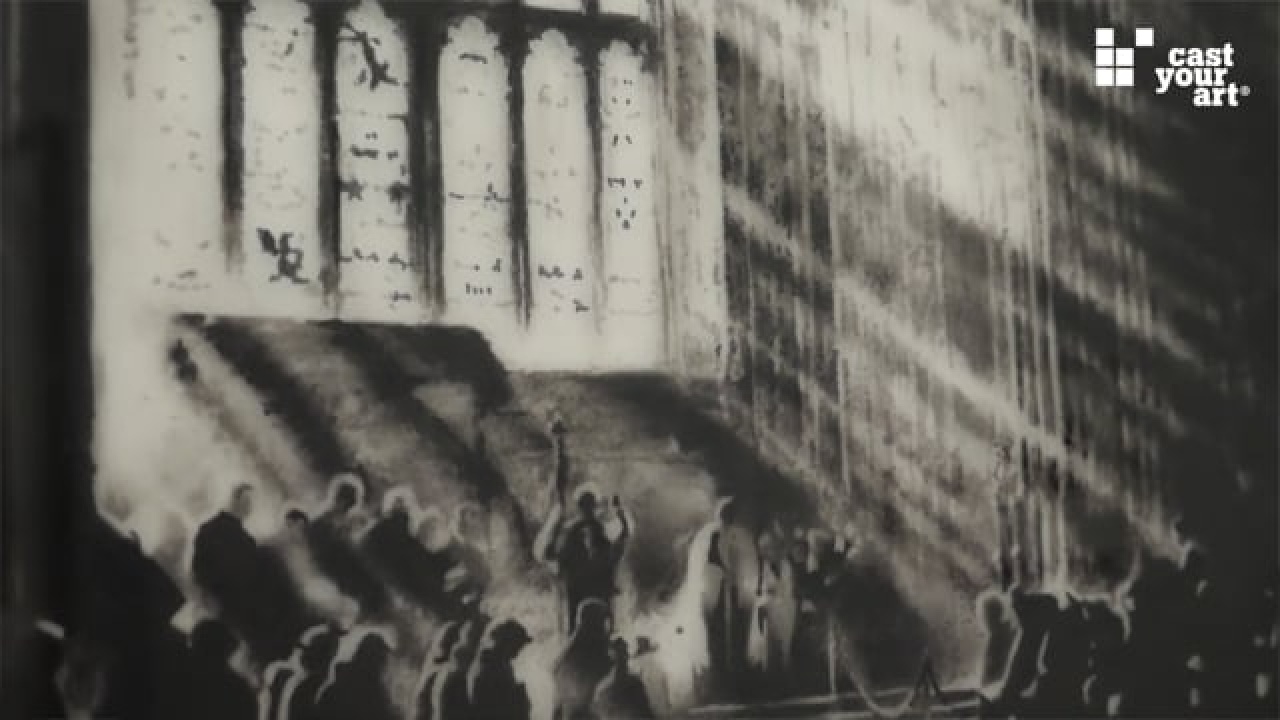
A PASSION FOR DRAWING. Die Sammlung Guerlain aus dem Centre Pompidou Paris
28. November 2019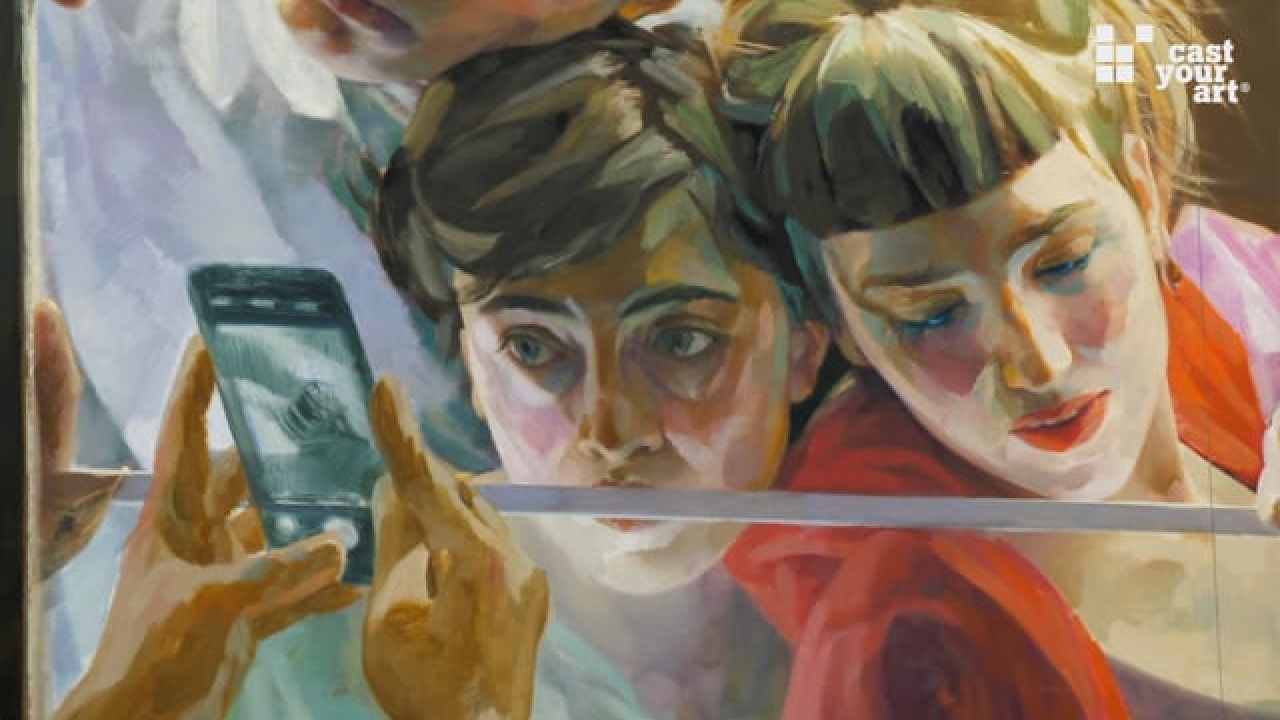
ALBERTINA TOURS & TALKS. Xenia Hausner im Gespräch mit Albertina Kuratorin Elsy Lahner
15. June 2021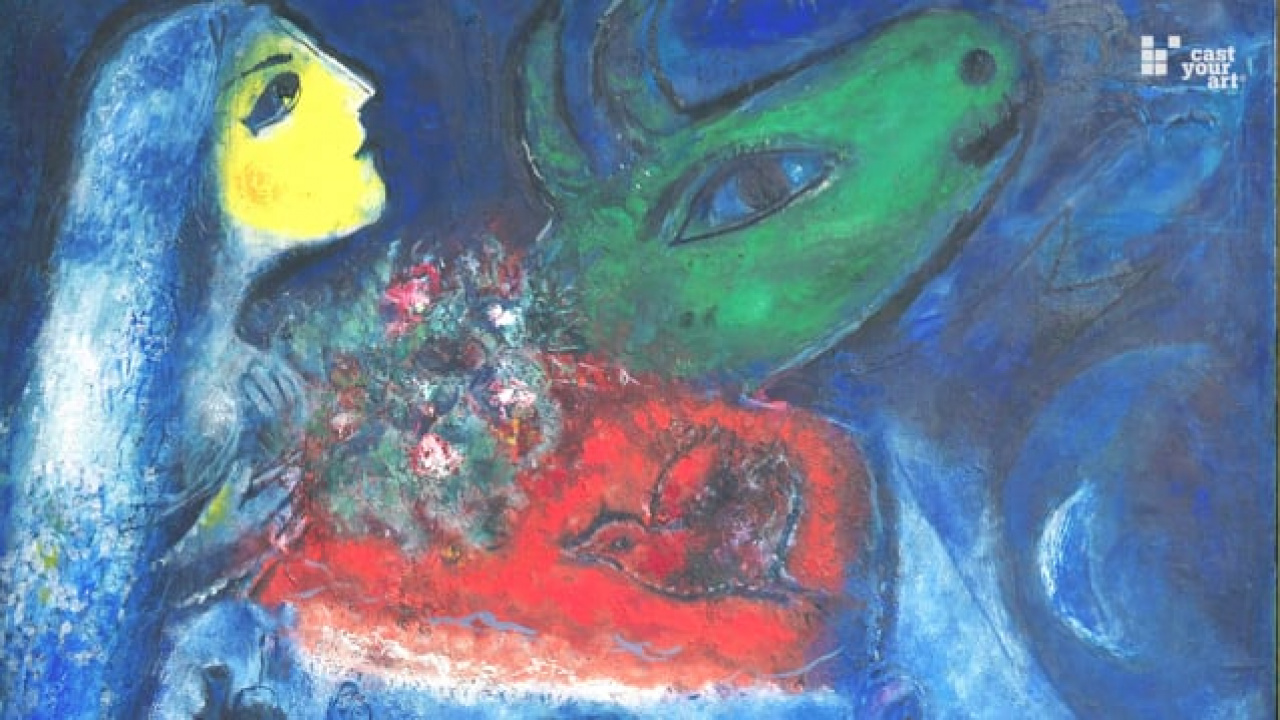
MARC CHAGALL. A Symphony of Color and Emotion
16. October 2024